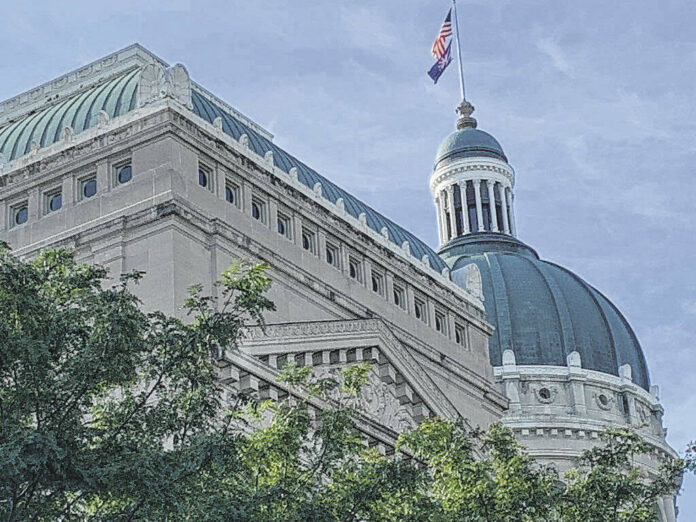INDIANAPOLIS — Faced with declining education rates, sagging wages and an aging population, Indiana is at a critical juncture that demands practical strategies to help employers find skilled workers, remove barriers to entry for workers and provide students with the skills they’ll need to secure high-paying jobs in the future.
Those are the findings of a report released Friday by the Governor’s Workforce Cabinet, a group of business executives, education leaders, government officials and community stakeholders tasked with addressing the growing demand for qualified workers, the decreasing number of degree-seeking Hoosiers and the increasing number of jobs that require science, math and technology skills in all industries.
And while there is no shortage of data demonstrating Indiana’s workforce crisis, practical solutions are needed to ensure the state’s economy keeps growing, the report finds.
On the group’s list of 30 recommendations are the creation of an Indiana Talent Agency, more flexibility in high school diplomas, the removal of some barriers for child care workers, and incentives for colleges to funnel students into STEM fields and keep their graduates in Indiana.
“This is a leapfrog or fall-behind moment,” said Ryan Kitchell, a former Indiana University Health executive and budget director under Gov. Mitch Daniels who was appointed in April to chair the workforce cabinet.
The Legislature created the workforce cabinet in 2018, and the U.S. Department of Labor gave it approval to fill the role of the state’s federally mandated workforce development board, responsible for distributing funds to Indiana’s 12 workforce development boards.
But this year, Gov. Eric Holcomb gave the group a kick-start, appointing Kitchell in April to be its new chair and hiring Whitney Ertel, who had been chief business officer at the Department of Workforce Development, to serve as its new executive director. The goal, in part, was to rethink and retool the state’s workforce approach in a post-pandemic era.
Since then, five committees—each led by a business executive—have been working to develop recommendations for Holcomb and the Legislature.
The timing of the recommendations, released just after the midterm elections and six weeks before lawmakers return to the Statehouse to craft a two-year budget, is no coincidence, Kitchell said. State legislators are expected to face increased pressure this year to dip into the state’s $6.1 billion surplus to address a host of issues, including Indiana’s poor public health metrics, low teacher pay and workforce challenges.
For more on this story, see Saturday’s Republic.




